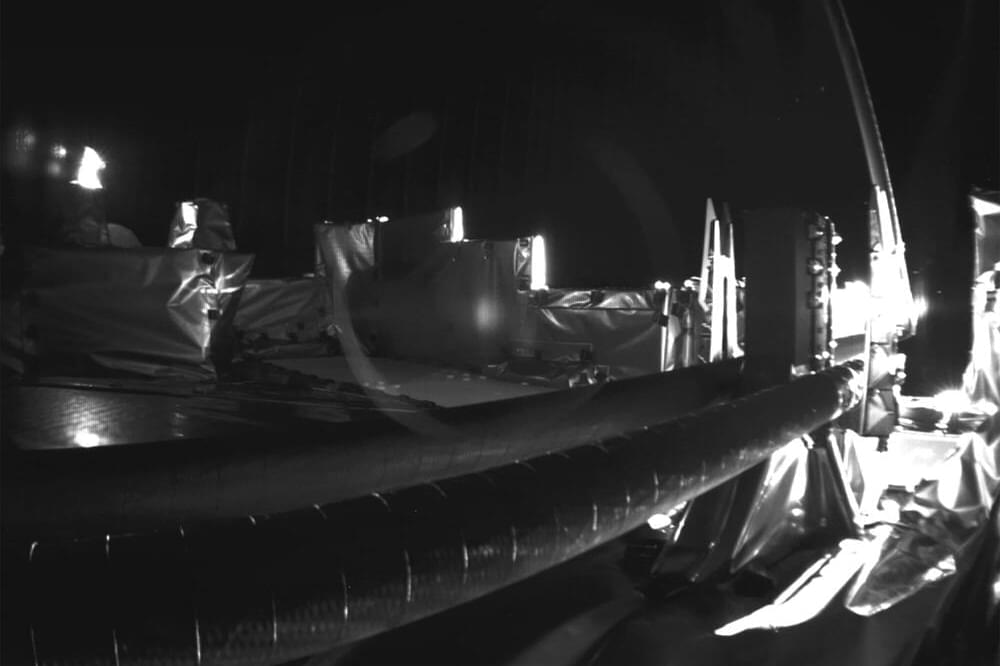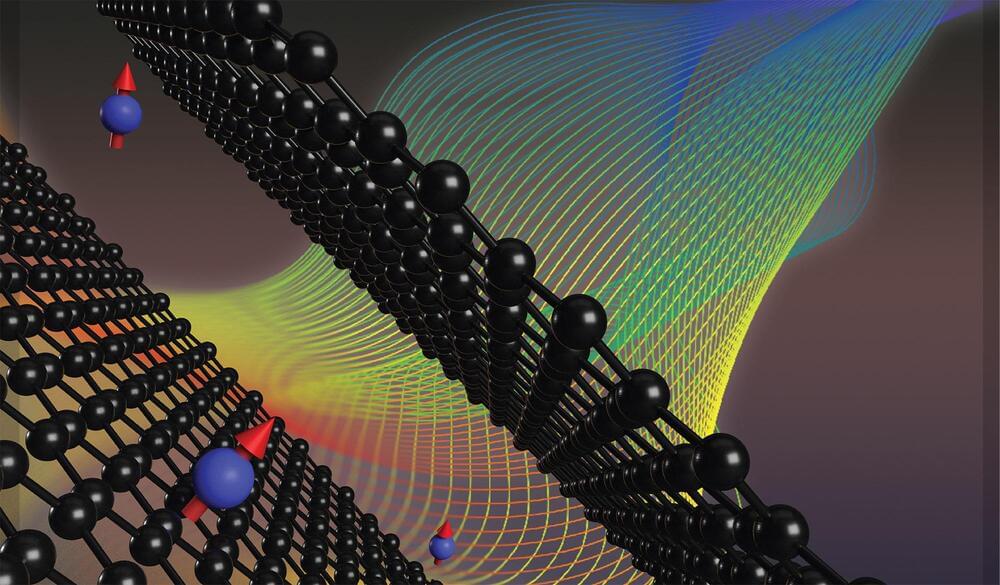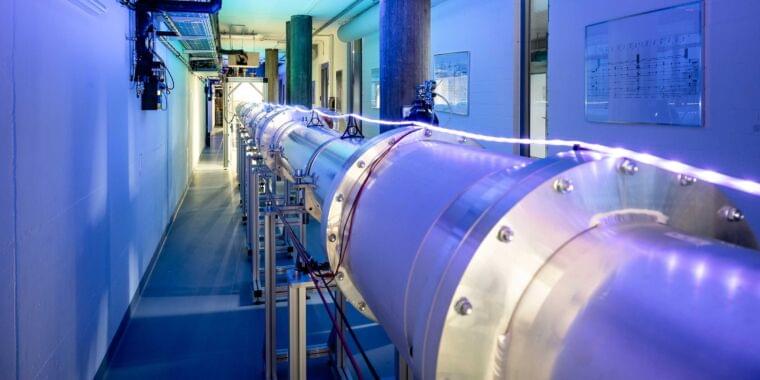Elon Musk, the genius behind SpaceX and Tesla Inc., has declared that humanity must embrace the merging of man and machine if we hope to survive in a world dominated by artificial intelligence (AI).
In a 2018 appearance on the “Joe Rogan Experience,” Musk teased his company Neuralink has something exciting in store for us. He believes his technology will allow humans to achieve a state of “symbiosis” with AI, where we’ll be able to effortlessly combine our brains with computers. Neuralink has been developing brain implants since 2016 with the goal of curing conditions like paralysis and blindness.








